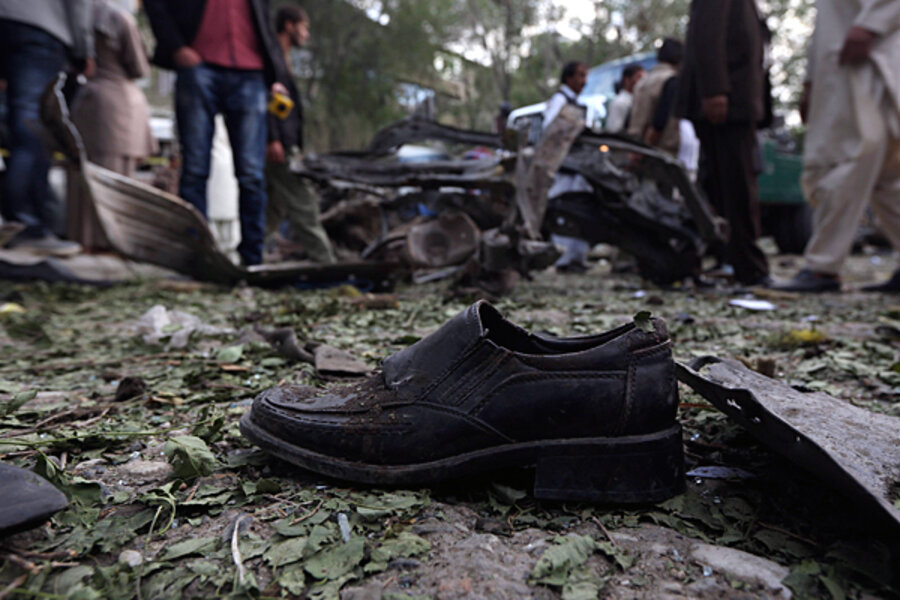UN: Afghan civilian casualties on the rise amid new fighting
Loading...
A new UN report on the protection of civilians in Afghanistan is painting a bleak picture of the country after the withdrawal of American forces. Issued by the UN Assistance Mission in Afghanistan (UNAMA), the report said that Afghan civilian casualties are rising, noting an increase of 23 percent in the first half of 2013.
The upsurge has reversed a downward trend from 2012 and calls into question the ability of Afghan forces to take over security responsibilities when the US forces leave.
According to the report, between January and June of this year, 1,319 civilians were killed, while 2,533 more were injured. Women and children casualties are also on the rise, increasing by 61 and 30 percent, respectively. While the highest number of casualties came from improvised explosive devices (IEDs), a new trend in 2013 shows fallout from fighting between government forces and insurgents to be another major cause for civilian death and injury.
The spike in casualties comes as US troops begin to wrap up their operations in the country, closing down bases and handing over responsibility to their Afghan counterparts for providing security. As the report notes:
The stepped-up transition of security responsibilities from international military forces to Afghan forces and closure of international forces’ military bases was met with increased attacks by Anti-Government Elements on Afghan National Security Forces mainly at checkpoints, on strategic highways, in some areas that had been transitioned and in districts bordering neighboring countries.
The Taliban has condemned the report as propaganda, saying that the use of the word “civilian” is misleading, as many included are government workers.
Criticism for excessive violence against civilians has seen the Taliban make efforts to stem the number of civilian casualties over the past few years, reports The New York Times. Unfortunately, these efforts have not borne the desired results, as civilian casualty rates remain high.
And there are fears that the violence will only intensify as the imminent departure of US troops may see mounting challenges to territorial control from insurgents, challenges that many believe the Afghan National Army – whose desertion rates are among the highest in the world – is not prepared to face, according to Reuters. The continued battles between the Taliban and the government, as well as reported abuse against civilians on the part of Afghan police forces, has seriously undermined trust in the government’s ability to provide protection and order.
Many in both Afghanistan and the US have been hoping that an agreement will be struck to extend the presence of US forces past 2014, reports The Christian Science Monitor. But as recent events have cooled relations between US President Obama and Afghan President Hamid Karzai, the zero option is looking more and more possible.
While the more than decade-long US-led war with the Taliban is slated to come to a close, Afghanistan’s future is much more uncertain, with more public officials voicing concerns over the transition process, writes Voice of America.
Angheza Shinwari, a member of the provincial council of Afghanistan's eastern Nangarhar province, says Afghan security forces are not prepared to defend the population.
She says that she is not optimistic about the security transition process. She praised Afghan men as being "very brave" and having God to help them. But she is not hopeful for what happens next.







